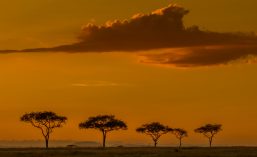In south eastern Botswana, Mashatu is a dry place for most of the year. It is home to numerous predators. The active and growing cheetah population in Mashatu competes with lions, leopards and hyaenas.
“The rules of survival never change, whether you’re in a desert or in an arena.” – Bear Grylls
Cheetahs are best known for their unique physiology which enables them to run down their prey at extremely high speeds. A less obvious adaptation, but nonetheless essential for survival, is their adaptability to local conditions, where larger more dominant predators compete with them for prey and will kill them if given a chance.

According to National Geographic, there are various theories concerning cheetah evolution. A popular one postulates that cheetahs descended from the same ancestor as the American puma. About 10 000 to 12 000 years ago, around the end of the last ice age, an extinction event took place that wiped out many large mammal species around the world, including the wild cheetahs of North America and Europe. The extinction of these early cheetah species left only the Asian and African populations of cheetahs.

At the turn of the 19th century, more than 100 000 cheetahs were estimated to have been living in Africa, the Middle East, and Asia. Today there are estimated to be only 7 100 cheetahs left in the wild, so they are listed as “Vulnerable” by the International Union for the Conservation of Nature (IUCN) Red List of Threatened Species. A recent study revealed significant population declines, so scientists are calling for cheetahs to be uplisted to “Endangered.” In North Africa and Asia, they are considered “Critically Endangered.”
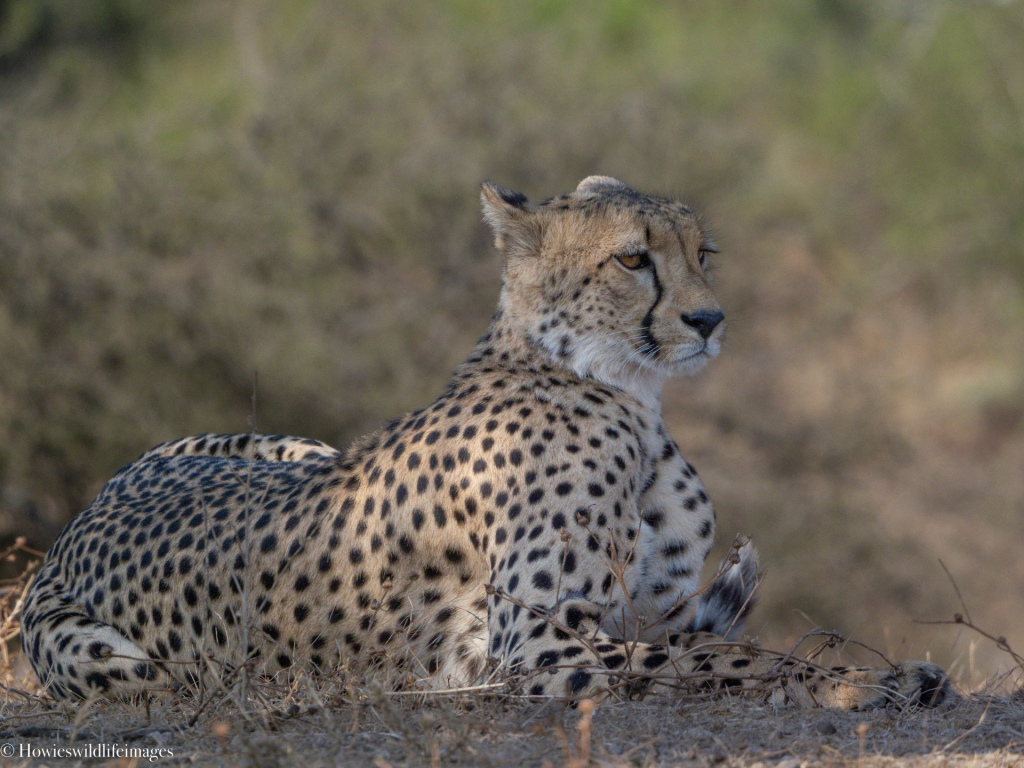
Cheetahs today are heading toward extinction, a trend they have faced twice before. Genetic analysis of wild cheetahs shows they may have survived two historical bottlenecks, events that sharply reduce the size of a population.
“Evolution is the floating bridge on turbulent waters.” ~ Sukant Ratnakar
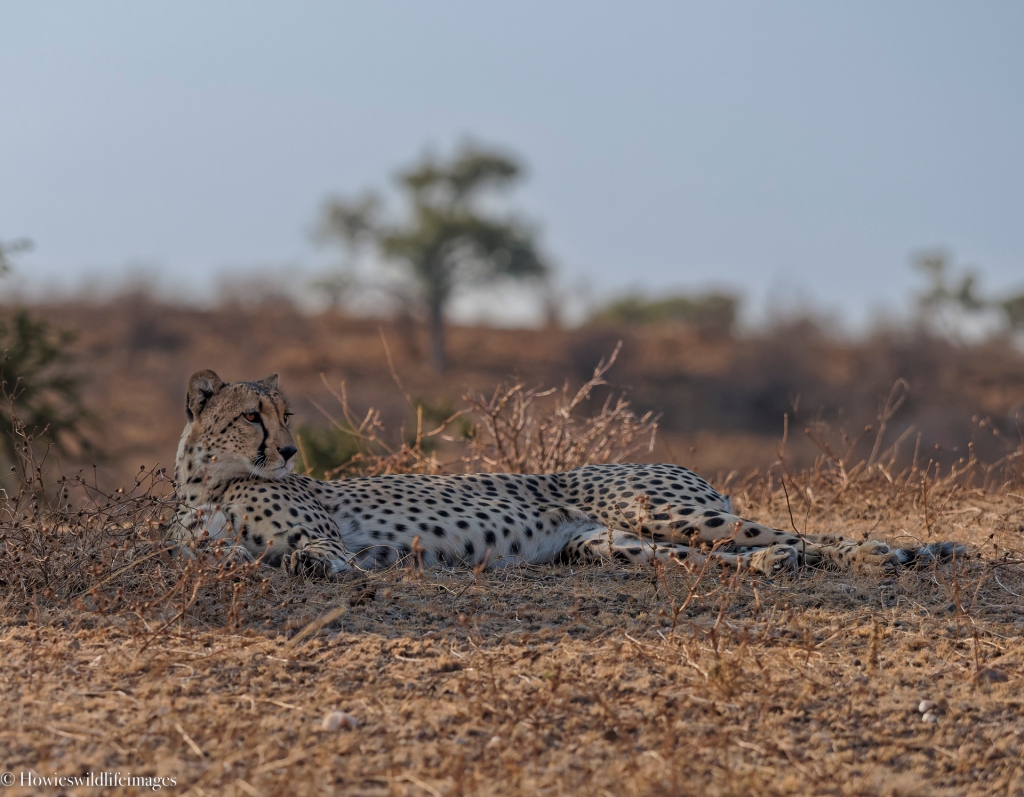
The first bottleneck event that cheetahs may have undergone occurred around 100 00 years ago when they expanded their range into Asia, Europe, and Africa. This range expansion is believed to have occurred rapidly, dispersing the cheetahs over a very large area, which reduced their ability to exchange genes.
The second likely bottleneck event occurred about 10 000 to 12 000 years ago, around the end of the last ice age. In this bottleneck the cheetahs of North America and Europe went extinct, leaving extant only the species’ Asian and African populations. As large mammals died out across the world, the number of surviving cheetahs dwindled, causing inbreeding. Even though the number of cheetahs grew to as many as 100,000 during the 19th century, their genetic variability remained low due to the second extreme bottleneck event which took place thousands of years before.
“Every being has its own important and unique place in the cosmic dance.” ~ Laurence Overmire

Cheetahs now face extinction pressure from climate change, hunting by humans, and habitat destruction. Cheetahs’ own genes also pose a challenge to their continued survival. Cheetahs have a low rate of reproductive success. The result is the few remaining individuals end up inbreeding, or mating with relatives. Inbreeding reduces the size of the gene pool, which can lead to problems such as decreased genetic variability and the persistence of potentially harmful mutations. These factors make it harder for the remaining population to adapt to changes in their environment. In a very small population, any mutations that occur are much more likely to be passed on to offspring and propagate through successive generations.
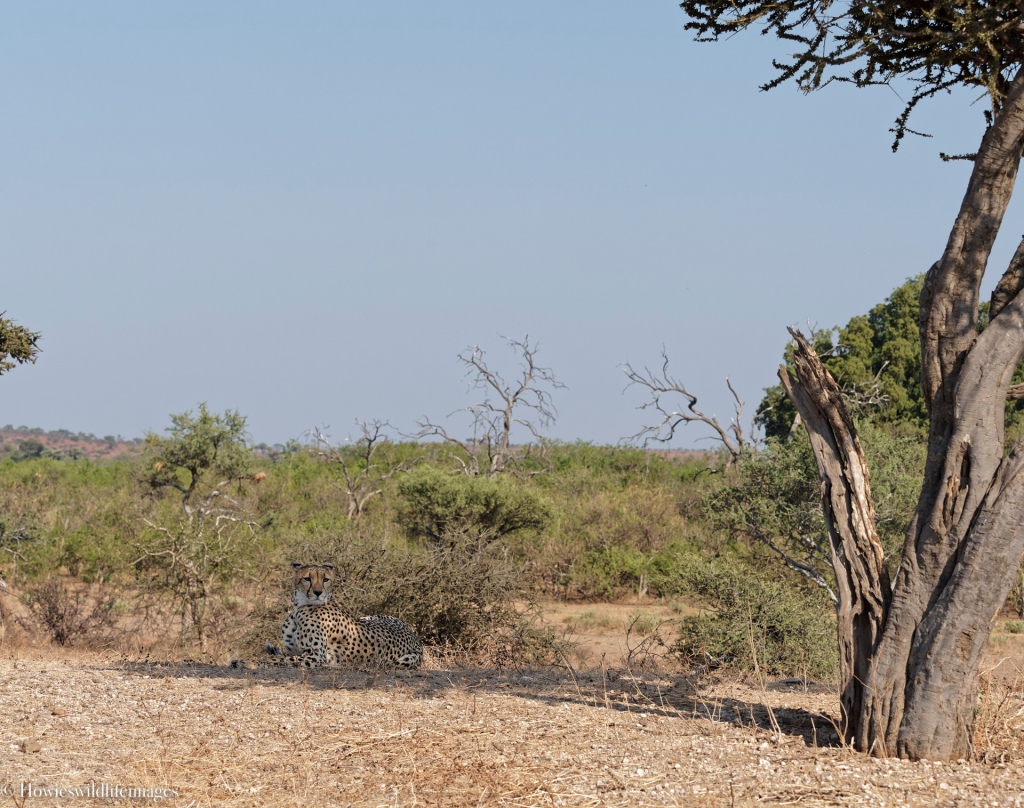
Adult life for a cheetah in the wild is difficult. Female cheetahs in the wild have an average age span of 10 – 12 years. The average lifespan of an adult male in the wild skews lower (8 years), due in part to territorial conflicts with competing groups of males. Adult mortality is one of the most significant limiting factors for the growth and survival of the wild cheetah population. (Source: Cheetah Conservation fund.)
“Sooner or later, every last echo fades. Even the loudest thunder in the deepest valley.” ~ Brian K. Vaughan

With its long legs and very slender body, the cheetah is quite different from all other cats and is the only member of its genus, Acinonyx. The scientific genus name Acinonyx is a reference to the species’ semi-retractile claws. The cheetah’s unique morphology and physiology allow it phenomenal acceleration and to attain the extreme speeds for which it’s famous.
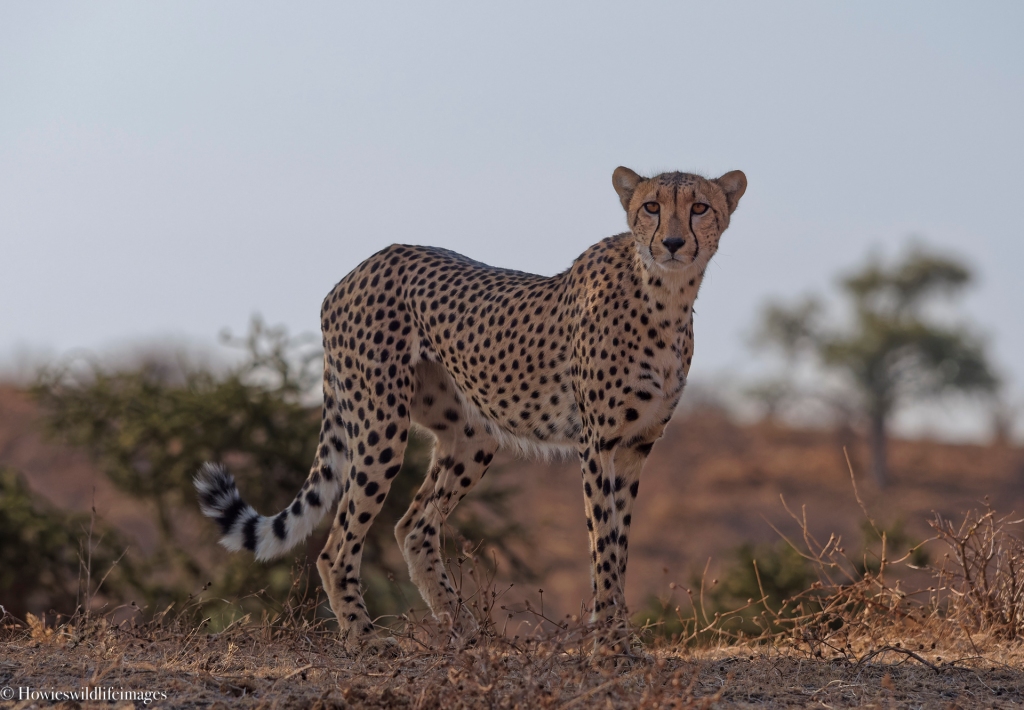
Distinctive black tear stripes run from the eyes to the mouth. The stripes are thought to protect the eyes from the sun’s glare. It is believed that they also have the same function as a rifle scope, helping cheetahs focus on their prey at a long distance range by minimising the glare of the sun.
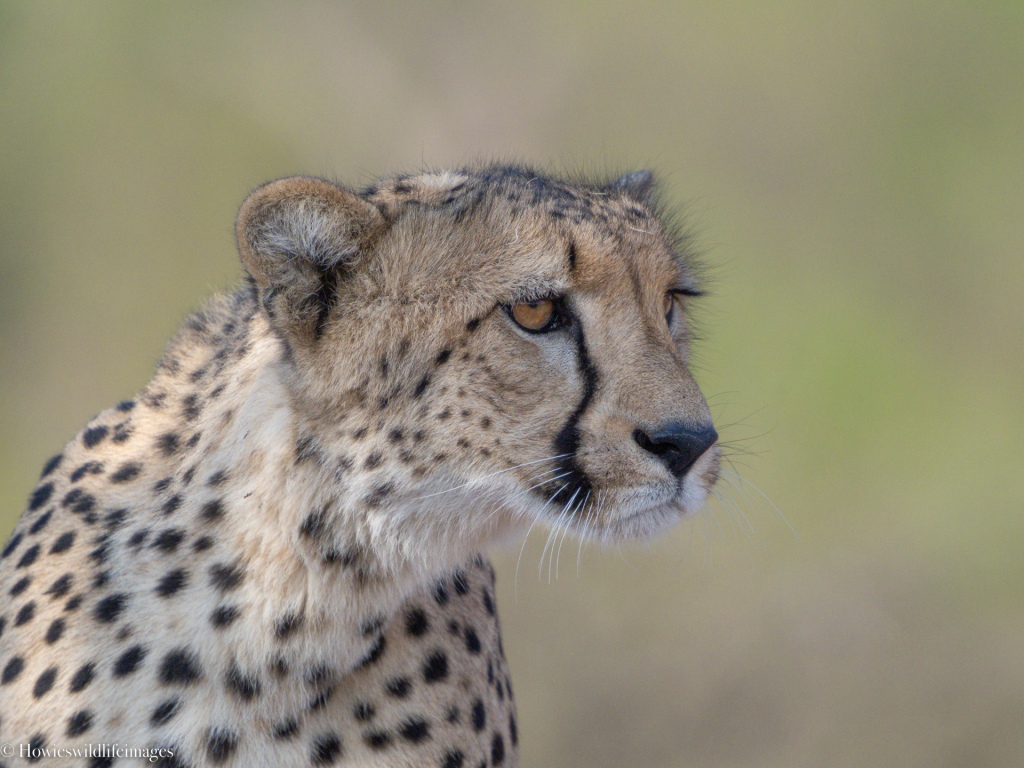
“It is a law of nature we overlook, that intellectual versatility is the compensation for change, danger, and trouble. An animal perfectly in harmony with its environment is a perfect mechanism. Nature never appeals to intelligence until habit and instinct are useless. There is no intelligence where there is no change and no need of change. Only those animals partake of intelligence that have a huge variety of needs and dangers.” ~ H.G. Wells
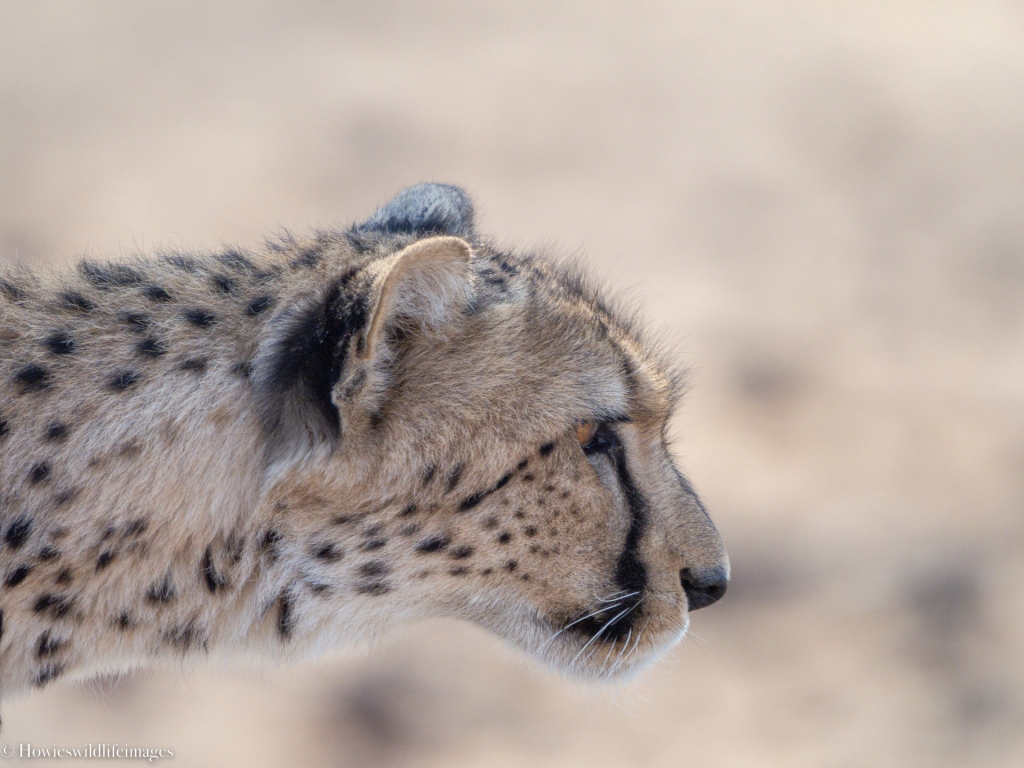
Cheetah scent marking involves spraying urine and defecating on landmarks. It is often done by males competing for the best hunting grounds. Scent is one of the main communication channels among cheetahs. These sleek cats spend a considerable amount of their time smelling and depositing their own scent on previously marked places. This is most often on elevated points such as termite mounds or fallen trees. Such spots serve as ideal observational outlooks and act almost correspondingly to a status update of who is or has been in the area – a regular station for receiving and leaving olfactory information. (https://www.wildlifeact.com/blog/cheetah-scent-marking/)
The study of scat can provide valuable information. It identifies the species, diet composition, provides genetic information such as sex, age and the individual, it provides the hormone levels and parasite load in the individual signalling its overall health and vigour.
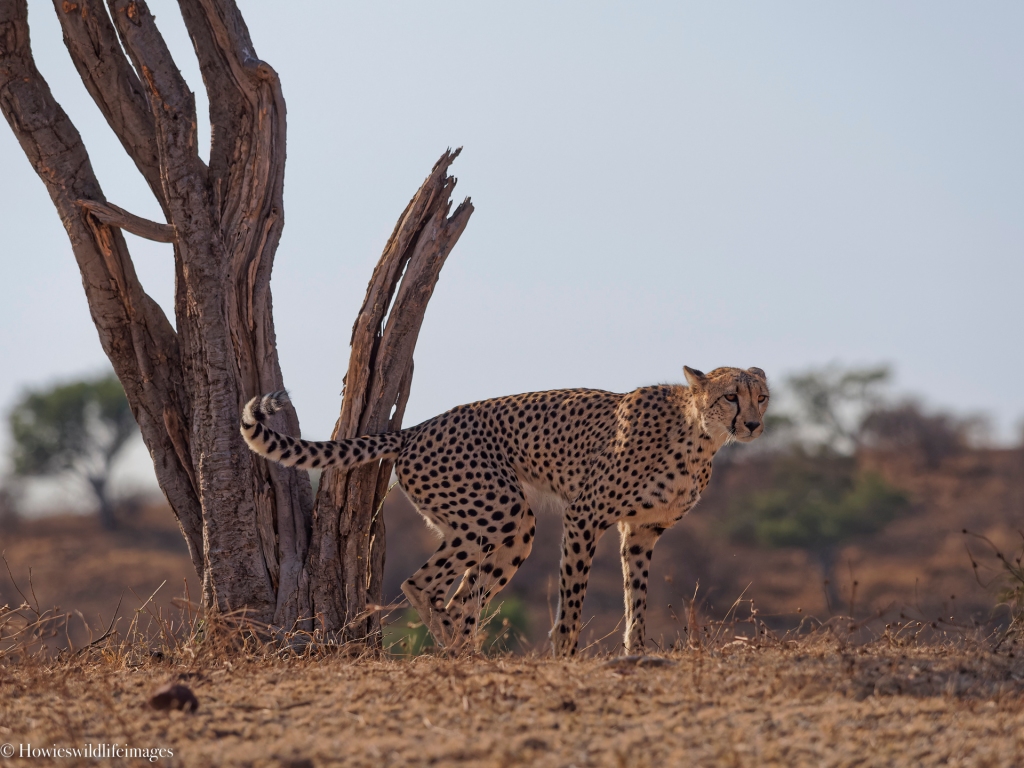
Cheetah tails end with a bushy tuft encircled by three or four dark rings. These markings provide them with excellent camouflage while hunting and make them more difficult for other predators to detect. The tail is also thought to be a signaling device, helping young cubs follow their mothers in tall grass. The tip of the tail varies in colour from white to black among individuals.
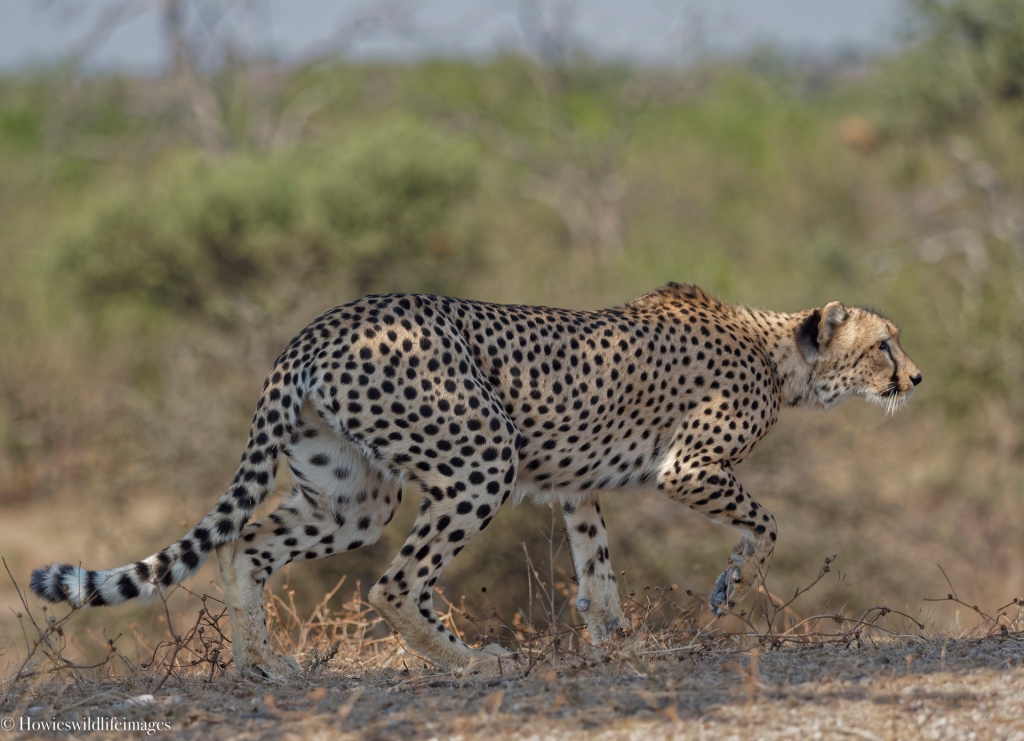
Cheetah have a hunting success rate of just under 60%. Most of the hunting takes place in the early morning or dusk when it is cooler. If an opportunity to hunt in the heat of the day presents itself the cheetah will take it mainly because there is much less competition from nocturnal predators such as lion, leopards and hyaenas at that time of the day. In Mashatu, the Shepherd Tree provides valuable shade in the heat of the day while the cheetahs rest and look out for prey.

Our second sighting of the cheetah coalition was the next day late in the afternoon. The cheetahs were on the move and looking for prey. On the south side of the Majale river it is dry and rocky in many places.

The two cheetahs were making their way toward the Majale river. Looking at the stones on the ground in this area it is hard to believe that these speedsters can run at top speed over this type of ground.

The cheetah is the world’s fastest land animal. At top speed, their stride is seven meters long. The cheetah’s unique body structure: flexible spine, semi-retractable claws, long legs and tail allow it to achieve a top speed of 110 kilometres per hour. The cheetah’s body is narrow and lightweight with long slender limbs. Its specialised muscles allow for a greater swing to the limbs increasing acceleration. Increasing stride frequency is key to reaching faster speeds. This is mainly achieved through rapidly swinging the limb to decrease swing time. Cheetah muscle has been shown to contain a high proportion of fast-twitch fibres, which would be highly beneficial for rapidly swinging the limb and reducing swing time. (Functional Anatomy of the cheetah forelimb -https://www.ncbi.nlm.nih.gov/pmc/articles/PMC3077521/)
“Cheetahs succeed not because they are the fastest animal on land but because of their incredible acceleration and unmatched turning speeds.” ~ Alan Wilson
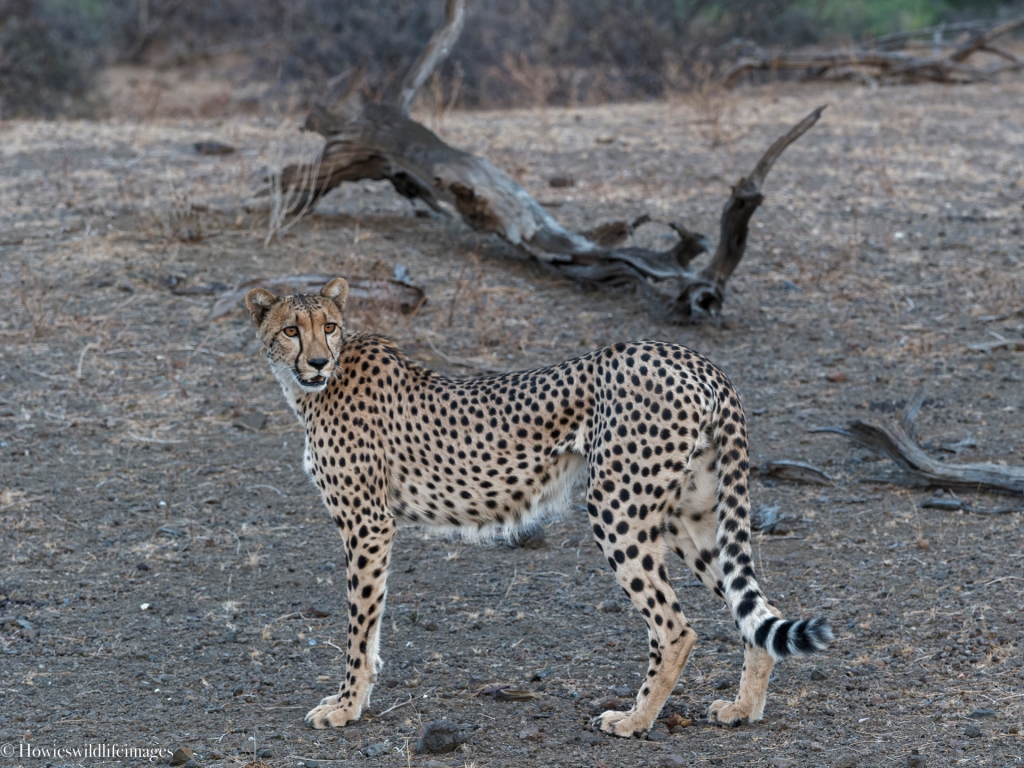
Cheetahs have a thin frame with a narrow waist and deep chest. They have large nostrils that allow for increased oxygen intake. Cheetahs have a large lungs and hearts connected to a circulatory system with strong arteries and adrenals that work in tandem to circulate oxygen through their blood very efficiently. The cheetah’s heart rate is between 120 and 170 beats a minute at rest and between 200 and 250 beats per minute when running.

Cheetahs’ foot pads are hard and less rounded than the other cats. The pads function like tire treads providing them with increased traction in fast, sharp turns. The short blunt claws, which are considered semi-retractable, are closer to that of a dog than of other cats. The claws work like the cleats of a track shoe to grip the ground for traction when running to help increase speed.
“Change can be reversed, but evolution only moves forward and once it moves forward, it can never be reversed.” ~ Sukant Ratnakar

This cheetah was very wary and reacted to every sound. It was late in the afternoon, a time when the nocturnal predators begin to stir. The river is also a place where lions and leopards frequent because the river attracts prey which come to the river in search of water.

The cheetahs eventually made their way down to the bank of the Majale river where lions and leopards are regularly seen. The cheetahs were on high alert knowing that crossing the dry river bed was a dangerous venture.

To watch these cheetah hunting from a distance was a privilege. At dawn and dusk they were very wary and were constantly looking around to ensure that there were no potential threats approaching. The cheetah’s colouring is especially effective at these diurnal times making their camouflage even more effective.

Cheetah are able to wander all over the Northern Tuli Game Reserve (NOTUGRE) but tend to frequent the area around the Majale, Matabole and Pitsani rivers especially in the drier periods because of the proximity of water. We have been fortunate enough to see cheetahs almost very time we have visited Mashatu but the free range movement does not guarantee cheetah sightings.
“Life is neither static nor unchanging. With no individuality, there can be no change, no adaptation and, in an inherently changing world, any species unable to adapt is also doomed.” ~ Jean M. Auel
A cheetah sighting is always a thrill because something can happen at any time. Cheetahs are the most active cats during the day so the potential to see a hunt develop is relatively high if you find these cats. If there are cheetah cubs they are very playful offering wonderful photographic opportunities.
Explore, seek to understand, marvel at its interconnectedness and let it be.
Have fun, Mike
